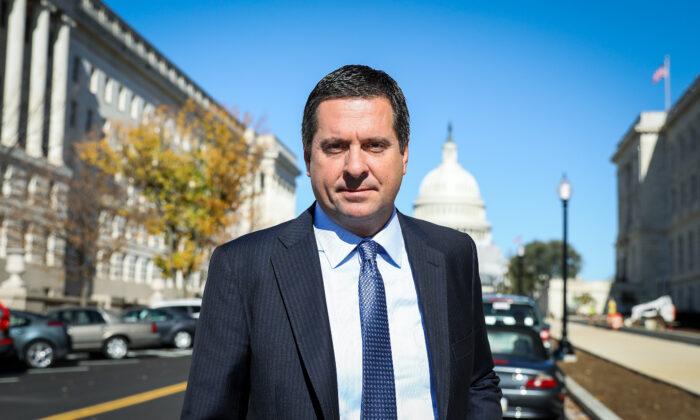The Trump administration has announced that it was restricting Associated Press journalists’ access to certain areas frequented by the president, including the Oval Office and Air Force One, part of a continuing demonstration of President Donald Trump’s frustration with his treatment by the media.
The White House restriction was announced on Feb. 14, with the administration citing the dispute.
The president has been vocal about his frustration with many in the media since the start of his political career in 2015, when he announced his candidacy for the 2016 presidential election. Trump has frequently gone so far as to call out those in the media specifically, as well as taking on companies at large.
The AP’s decision has a particularly wide-reaching impact because its newswriting standards are frequently used as a default style. Many news agencies use AP Style with specific modifications where the organization has a different preferred term.
Because of the wire service’s influence, its decision not to switch to “Gulf of America” will likely hinder the the term’s normalization.
Following the White House decision, AP journalists and photographers will retain their credentials for the White House complex but will be restricted from some areas.
Yes to Mount McKinley
When AP originally announced its decision, the notification cited the fact that Trump’s order “only carries authority within the United States” and said that other countries and international groups “do not have to recognize the name change.”AP noted that it is a global news agency and “must ensure that place names and geography” are easy to understand for all audiences.
“The Gulf of Mexico has carried that name for more than 400 years. The Associated Press will refer to it by its original name while acknowledging the new name Trump has chosen,” AP said in its statement.
Budowich responded by saying, “This decision is not just divisive, but it also exposes the Associated Press’s commitment to misinformation. While their right to irresponsible and dishonest reporting is protected by the First Amendment, it does not ensure their privilege of unfettered access to limited spaces, like the Oval Office and Air Force One.”
The AP statement pointed out that the news agency reviews its standards regularly and that its guidance often reflects “common usage.” AP pointed to its own use of two names for the Gulf of California, which is sometimes referred to as the Sea of Cortez.
The AP has, however, announced that it will follow the administration’s order to revert the name of North America’s tallest peak back to Mount McKinley. The name was changed to Denali in 2015 under the Obama administration, something AP followed in its style.
Clashing With the Press
The White House made headlines for the 2018 decision to revoke the press credentials of CNN’s Jim Acosta during the previous Trump administration. The reporter engaged in a tense exchange with the president at a press conference, and the White House revoked his privileges shortly thereafter.However, a federal judge ordered the White House to reinstate the correspondent’s access, siding with CNN, which Trump has repeatedly called “fake news.”
Karem lost his press pass in August 2019 after he yelled at and heckled guests at a White House event. A district judge ruled the next month that the White House acted improperly because it can’t deprive reporters of their First Amendment rights without due process.
It Started With Wilson
Press access to the White House was limited before the 20th century, and presidents such as Andrew Jackson and Abraham Lincoln had contentious relationships with the press but didn’t actively restrict access.Woodrow Wilson held the first presidential press conference in March 1913, and that tradition continues to this day. In the 1920s, press conferences became the primary way for the executive branch to communicate with the American people. In 1929, President Herbert Hoover formally established the position of press secretary, with George Akerson serving as the first in that position.
President Calvin Coolidge spoke to reporters about why he held press conferences in September 1926, saying, “I regard it as rather necessary to the carrying on of our republican institution that the people should have a fairly accurate report of what the president is trying to do, and it is for that purpose, of course, that those intimate conferences are held.”
Press access became a more formal process during the 1940s and 1950s under the Truman and Eisenhower administrations. It was Eisenhower’s press sectary, James Hagerty, who first permitted radio, television, and newspaper equipment to record news conferences in 1955.







